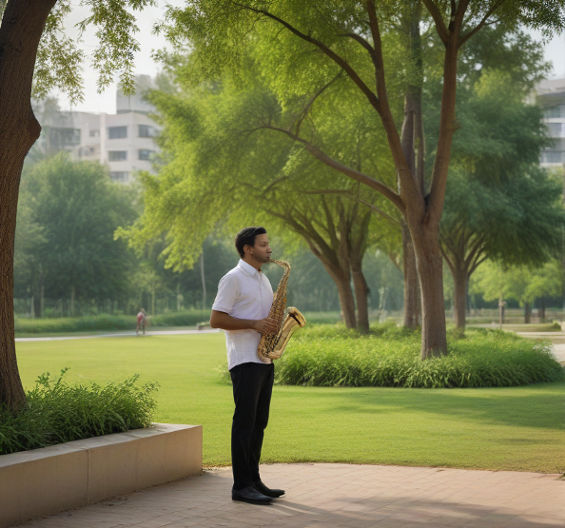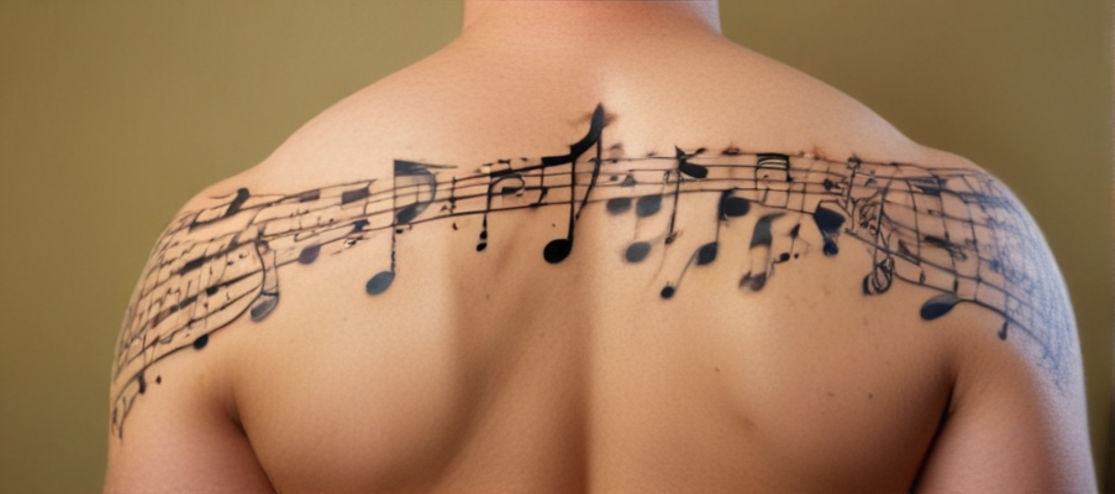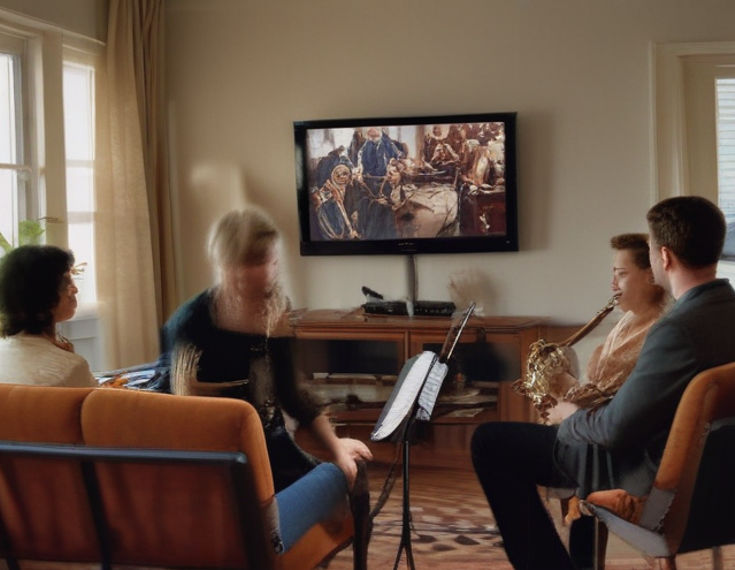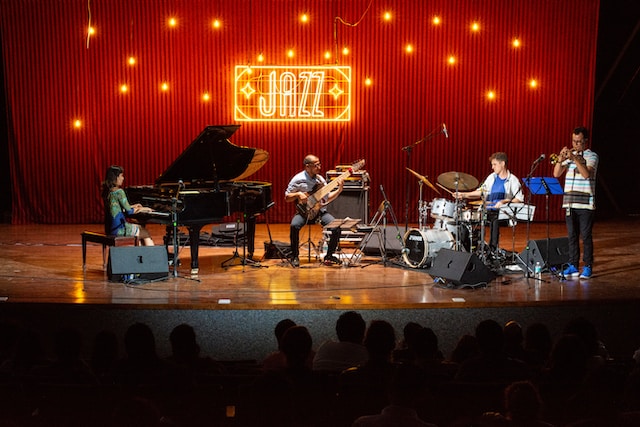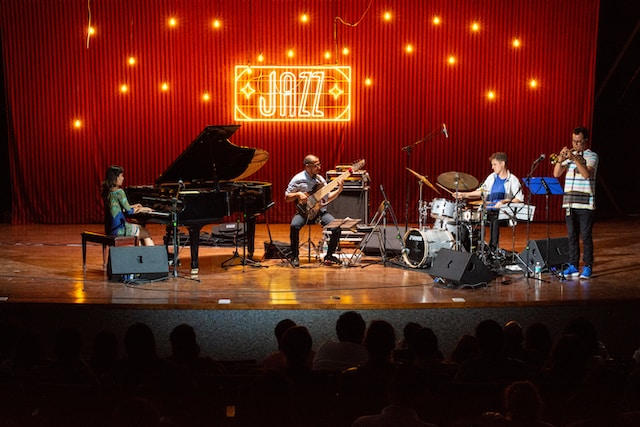Musicians Turn to OP Guides to Find Korean Spaces That Embrace Jazz Culture
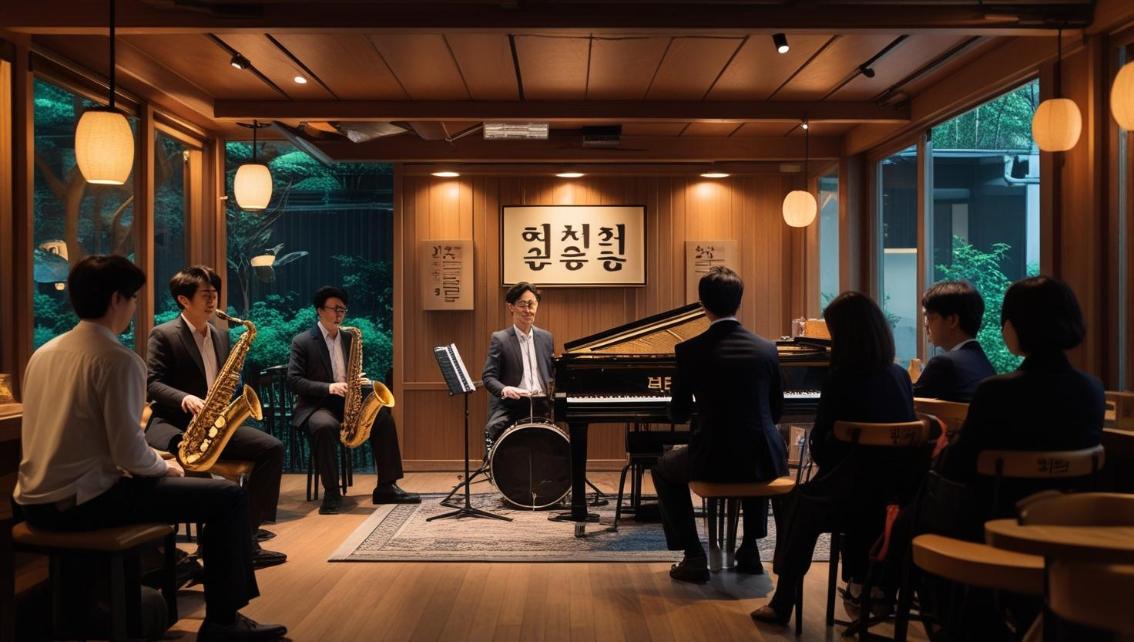
For touring jazz artists seeking intimacy and freshness, the Korean nocturne is quietly offering new alcoves of discovery. The online OP guide, initially assembled to navigate the labyrinth of private OP lounges, is doubling as an ad hoc map for jazz henchmen.
Beyond its primary diplomatic mission, the Guide highlights areas across Seoul—and now in other metropolitan regions—where live music is not merely a side attraction but rather a welcomed guest. Its maps, photos, and brief reputations have grown indispensable for musicians who prefer palpable chemistry to bandwidth.
OP Venues as Jazz Havens
Nestled within these guides, the OP venue has become an adroit surrogate jazz club. The spacious office closets above garage-level diners, once merely places of hush and bespoke cocktails, now offer one-off soirées in velvet hush.
Management bars the nightlife algorithms that shutter most quiet bars, choosing instead brief jazz life as an experimental seasoning. The result is a sonorous, mutable, subterranean graph of sax, umlaut-post-bop, and whispered cymbal cognition.
Artists who once cold-called grand lodges for a forty-five-minute a-flex refresh now discover supper-hour paradoxes of appreciative listeners, drawn not by posters but by word-of-screen and açúcar.
Building Bridges Between Music and Nightlife
By spotlighting diverse districts and varied spatial configurations, OP guides orient musicians toward welcoming spaces, allowing them to expend less energy on reconnaissance and more on artistry. For venue proprietors, the infusion of live jazz enriches the ambiance, imparting sophistication and narrative depth.
This reciprocity is gradually forging an inaudible but palpable artery connecting Seoul’s legendary nightlife with its ascendant jazz ecosystem.
Supporting Emerging Talent
The preeminent advantage for OP-guide musicians is unmediated visibility. Smaller OP venues allow nascent improvisers to hone solo and ensemble voices before micro-audiences, preserving an intimacy larger concert halls inevitably diffuse.
This immediacy elevates the presentation beyond practice toward ritual, offering both affirmation and constructive critique. For new jazz artists, performing in these venues acts like a ticket to gaining respect—other presenters notice when they get requests to come back, and they often get more gigs thanks to the genuine support from a close-knit community that spreads the word.
ALSO READ: How Arizona Business Brokers Sell Jazz Music Production Companies
A Cultural Shift in the Making
Although ordinary people might not figure such spots as the ancestral home of live music, the increasing scent of jazz is reorienting how the city thinks about them. Patrons now seek places where the hum of seclusion, the luxury of tired velvet, and the sexiness of improvisation coexist.
For performers, the quieter attention of such audiences is a pleasure, and for the establishments, the payoff is a novel identity—one that goes beyond bottle service and Instagrammable lighting. This shift is neither abrupt nor imposed; rather, it is a quietly choreographed reimagining that speaks to a long Korean knack for redressing settings in fresh values.
Finding Rhythm in New Places
A curious alliance is forming. OP-export musicians learning regional codes now regard the concierge as a central collaborator. With a tilt of the wrist, that trusted source directs them past frosted glass and sliding panels to lairs already loved for their curvy couches and curated spirits.
Later, after enjoying the drink, listeners return to catch the live artist’s performance, forming ad hoc committees of jazz enthusiasts. When a uniform is so softly generous, the audiences travel upon pages of a whispering CRM. As the interplay widens and deepens, the city’s jazz life, which has long been promising, discovers new veins to explore—including one in every unopened bottle.

